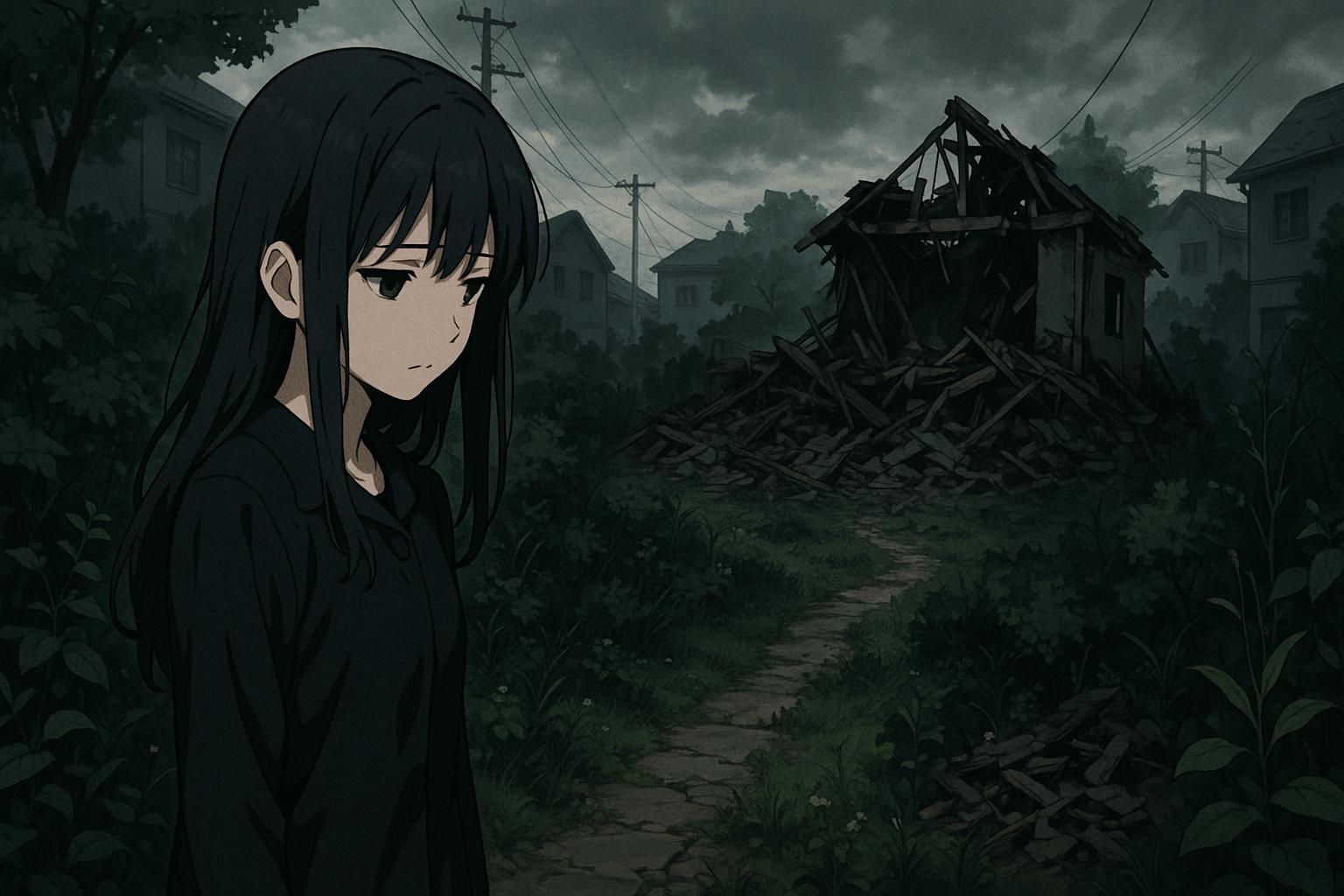Residents of Cromwell Street in Gloucester, the notorious site of Fred and Rose West's heinous crimes, continue to grapple with the heavy burden of stigma and antisocial behaviour long after the infamous house was demolished. Once the home of a living nightmare, the address became synonymous with tragedy following the couple's gruesome reign of terror, which claimed the lives of at least twelve young women and girls between 1967 and 1987. Although the structure known as the 'House of Horrors' was torn down in 1996, leaving behind only a garden and footpath, the emotional scars persist for those who live nearby.
Polly Lowthian, who recently became a resident adjacent to the alleyway where the Wests’ home once stood, reflected on her decision to move to this area. While she admitted to being apprehensive about the house's dark past, she ultimately rationalised her choice by believing that the passage of time diluted the horror. "If it had happened recently, I probably wouldn't have moved in," she said, highlighting her struggles with perceptions attached to the street. Residents like Polly face daily encounters with curious passers-by who point out the alley, reminding them of the infamy associated with their homes.
The lingering impact of the Wests’ actions engenders a deep sense of unease among some locals. One resident, who has lived on Cromwell Street for four decades, recounted his shock upon discovering that the friendly family he had known harboured a sinister secret. He recalled their son, Stephen West, who later faced legal troubles himself, reinforcing the idea that tragic legacies often echo through generations. Despite his shock, he lamented the lack of support from local authorities, stating that the fear and misunderstanding surrounding the street could be alleviated if more was done to address the neighbourhood’s challenges.
This sentiment resonates amid concerns that the street's notoriety attracts antisocial behaviour. Derek Rees, a local window cleaner, noted that many properties nearby have been converted into Houses in Multiple Occupation (HMOs), which he believes contribute to a degradation of community spirit. "These were all family homes at the time; now there’s no neighbourhood spirit," he remarked, underscoring the ongoing shift in demographic and community dynamics in the aftermath of the Wests' crimes.
While some residents remain unaware of the gruesome history before moving in, Chrysoula Koutsogranni, who resides near Cromwell Street, admitted to having discovered the story only recently. "You can't predict what your neighbour is," she commented, reflecting a common anxiety about the anonymity that can accompany urban living. Although she claimed to feel safe, she remained conscious of the unsettling legacy that looms over Cromwell Street.
In recent times, interest in the Wests has been rekindled with the release of a new Netflix documentary, “Fred and Rose West: A British Horror Story,” which features previously unseen police footage and audio recordings. Local students, like Juliet Dobell and Morgan Dickenson, expressed mixed feelings about the documentary, acknowledging its compelling nature but also the discomfort it brings given its proximity to their homes. Juliet noted an increase in local crime and unrest, while Morgan expressed frustration towards Fred West's suicide, which prevented him from facing justice.
The troubling history of the Wests has cast a long shadow over Cromwell Street, affecting not just perceptions but also the quality of life for current residents. Local historian and community advocates suggest that addressing the unresolved pain and stigma tied to the Wests could foster healing in the community. Unfortunately, many residents feel that their plight remains overlooked by authorities eager to promote tourism based on the gruesome past rather than improving the present-day living conditions.
As Cromwell Street finds itself in a complex intersection of historical notoriety, social challenges, and the desire for renewal, it remains a poignant reminder of how the past can echo eerily into the present. The community, marked by resilience and a yearning for normalcy, continues to navigate the shadows cast by its infamous past, hopeful that future engagement will bring about genuine support and revitalisation.
Reference Map
- Paragraphs 1, 2, 3, 4, 5, 6, 7, 8, 9, 10 (2, 3, 4, 5, 6)
Source: Noah Wire Services
